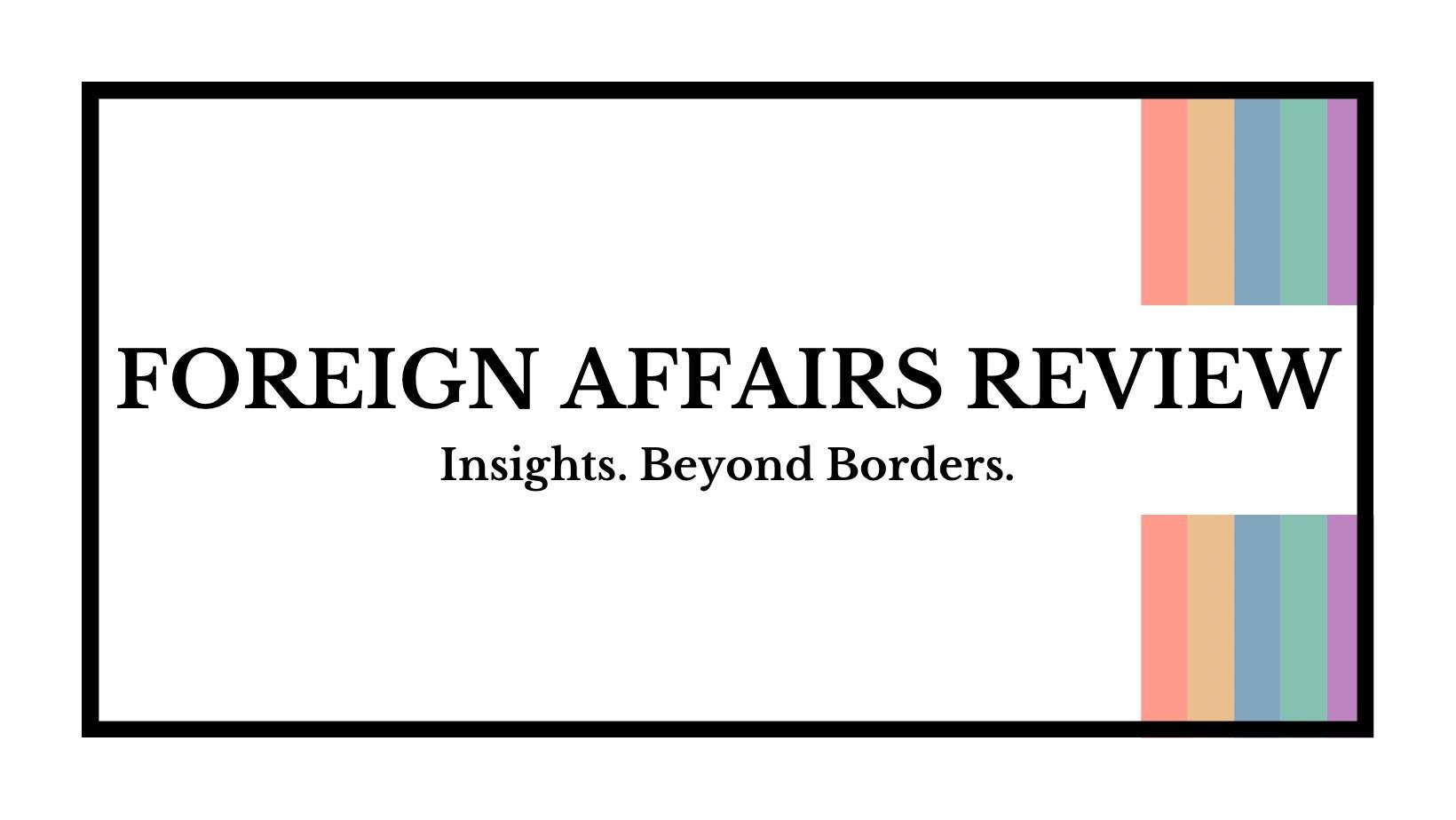What Was the Real Impact of the Global Sumud Flotilla?
The Global Sumud Flotilla (GSF) has recently gained international notice as the largest civilian-led naval operation aimed at Gaza, with organisers claiming participation from over 40 countries. The flotilla defined itself as a humanitarian convoy aimed at delivering aid and breaking Israel's ‘illegal siege.’ However, underneath the impassioned rhetoric of humanitarian obligation comes a complicated combination of political aim, logistical ambition, and symbolic conflict. A deeper look reveals that the flotilla's aim was as much about political theatre and moral preaching as it was about humanitarian aid, posing serious concerns about legality, sovereignty, and security in disputed seas.
The organisers portrayed their expedition as a manifestation of collective morality, bringing together ‘ordinary people—organisers, humanitarians, doctors, artists, clergy, lawyers, and seafarers’ to protest Gaza’s isolation. The program, defined as a ‘people-led humanitarian corridor’ with no state oversight, positioned itself in the moral space between activism and diplomacy. The flotilla’s global volunteer network presented a remarkable display of transnational solidarity as it left ports in Barcelona, Sicily, and Tunisia. However, the scope of engagement showed the logistical and safety challenges of arranging hundreds of civilian ships with no nautical experience.
The name Sumud, which means ‘steadfastness’ in Arabic, expresses this symbolic approach. Sumud, who has long been identified with Palestinian courage, turned the mission into a symbol of both resistance and security. GSF organisers claimed the Israeli blockage was collective punishment and so required moral defiance. Israel, on the other hand, insisted that the naval blockade was a lawful act of self-defence against Hamas and that humanitarian supplies could still reach Gaza through inspected land borders. This tension between different views of law and legitimacy mirrors a larger debate about how humanitarianism and state sovereignty may coexist in times of prolonged conflict.
The GSF drew analogies to previous attempts to enter Gaza by water, most notably the 2010 Mavi Marmara incident, which resulted in a violent clash and numerous deaths. Arguably, this precedent influenced both Israeli and international attitudes to the 2025 expedition because, despite the organisers’ repeated promises of peaceful intentions, the possibility of escalation remained considerable. Thus, the presence of hundreds of civilians in politically controversial seas turned what had begun as a humanitarian endeavour into a potential conflict. Reports surfaced of claimed drone assaults on flotilla vessels near Tunisian seas, which local authorities later denied, but the speculations heightened the sense of risk around the operation. Journalists on board noted a tense environment as participants practiced calm reactions under potential observation. Such incidents demonstrated how quickly humanitarian efforts may get intertwined with security politics.
From a legal and geopolitical perspective, the flotilla's difficulties went beyond assistance distribution. It indirectly called into question the concept of maritime sovereignty by sailing towards a blockaded coastline without permission. Proponents of the flotilla contended that moral urgency surpassed procedural constraints, while sceptics argued that such unilateral operations risked eroding the very legal standards that allow humanitarian entry elsewhere. Both viewpoints highlight the unsolved conflict between ethical obligations and political power.
Following the expedition, the flotilla’s major achievement was its ability to convey a message. Journalists, activists, and social media users documented each stage of the trip, reigniting worldwide interest in Gaza’s humanitarian predicament. The participants eventually admitted that ‘the real cargo was awareness.’ However, this goal alone did not change the blockade or significantly enhanced access to aid. The mission's biggest success—its visibility—was also its limitation: it attracted worldwide compassion but produced limited structural change. According to several analysts, this conclusion exemplified the contradiction of contemporary activism, in which symbolic actions of solidarity replace long-term legislative solutions.
Finally, the Global Sumud Flotilla serves as both a humanitarian gesture and a political statement, expressing social movements’ rising impatience with institutional immobility. Its expedition demonstrates how moral conviction may motivate communal action while also conflicting with geopolitical reality. The flotilla’s goal was to push the limits of official control and reaffirm ‘ordinary’ people’s ability to act across borders. However, GSF proved that compassion without coordination puts civilians in danger without producing any significant changes in the international power structures. In retrospect, the GSF was less a failure or a success than a reflection of the reality that created it: one in which the pursuit of justice increasingly takes place outside of formal frameworks and the moral authority of humanitarianism continues to push the limits of international law.
Image courtesy of Just World Education, ©2025. Some rights reserved.
The views and opinions expressed in this article are those of the author and do not necessarily reflect those of the wider St. Andrews Foreign Affairs Review team.


